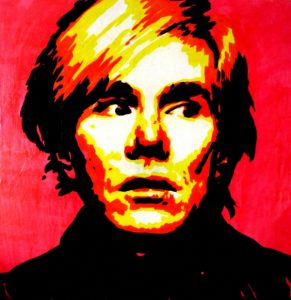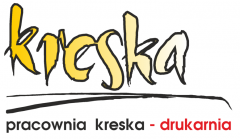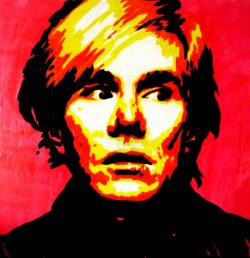Andy Warhol – screen printing in art …
American Painter, Draftsman, Filmmaker, and Printmaker
Andy Warhol (born August 6, 1928 in Pittsburgh, New York, was born on August 22, 1987 in New York City, New York, USA), known primarily for his simple, high-contrast compositions using screen printing. The screen-prints produced by consumer products from the average American refrigerator, such as Coca-Cola cans and Campbell’s tomato soup, and everyday items such as poppy seeds, bananas, Brillo powder boxes. Screen printing allowed Warhol to reproduce stylized portraits of the world’s biggest entertainment stars, including Brigitte Bardot, Marilyn Monroe, Elvis Presley, Jacqueline Kennedy Onassis, Marlon Brando, Elizabeth Taylor. He also created portraits of other well-known characters, such as Mao Zedong, Wlodzimierz Lenin and Joseph Beuys. Andy Warhol treated everything he painted objectively and without unnecessary emotion. Brillo’s powder and banknote of dollars had as much value for him as the likeness of his contemporaries – all consumer goods of American society, pop items. (source: wikipedia.org/wiki/Andy_Warhol, warholfoundation.org/warhol/)


Creativity – painting
The artistic path that Andy Warhol followed led him to the top in the field of advertising illustrations. However, before he came to the production of pop screen prints. He used other artistic methods. The first step was the drawings of shoes or self portraits. In art school he created paintings, but his later works consisted mainly of inked illustrations for wholesalers and magazines. Andy Warhol has always dreamed of becoming a true artist, and for the time being he felt he was not treated like a serious illustrator.
(Source: wikipedia.org/wiki/Andy_Warhol)
“How can you say one style is better than another? You ought to be able to be an Abstract Expressionist next week, or a Pop artist, or a realist, without feeling you’ve given up something.. I think that would be so great, to be able to change styles. And I think that’s what’s is going to happen, that’s going to be the whole new scene.”






